Running is a kind of aerobic exercise, which is very useful for weight loss or energy consumption. Some people like to run outside. Some people prefer to run on a treadmill. How many calories does running burn? The amount of calorie consumption depends on factors such as exercise intensity, personal fitness, skill level, age, gender, body weight, and exercise time.
How many calories does running burn?
An average person running at a speed of 8 kilometers per hour for 30 minutes (on a level road) will burn approximately the following amount of calories:
|
weight (kg) |
calories consumed per 30 minutes (kcal) |
|
35 |
145 |
|
40 |
165 |
|
45 |
190 |
|
50 |
210 |
|
55 |
230 |
|
60 |
250 |
|
65 |
270 |
|
70 |
290 |
|
75 |
310 |
|
80 |
330 |
|
85 |
350 |
|
90 |
370 |
|
95 |
390 |
|
100 |
415 |
What exercise burns the most calories?
By comparing the time and calorie consumption of different exercises, it can be seen that fast running burns more calories than most exercises:
|
exercises |
calories burned during 30 minutes of exercise (kcal) |
|
|
40 kg - 70 kg |
||
|
jogging (8 km/h) |
160 - 290 |
|
|
fast running (12 km/h) |
250 -450 |
|
|
fast running (16 km/h) |
330 - 590 |
|
|
swimming (slowly) |
120 - 220 |
|
|
swimming (fast) |
200 - 350 |
|
|
basketball (half-court) |
120 - 220 |
|
|
basketball (full court) |
160 - 290 |
|
|
aerobic dance |
130 - 240 |
|
|
tennies |
130 - 230 |
|
|
football |
150 - 270 |
|
|
skip rope (slowly) |
160 - 300 |
|
|
skip rope (fast) |
250 - 450 |
|
|
canoe |
70 - 120 |
|
|
golf |
70 - 130 |
|
|
bowling |
80 - 140 |
|
|
skiing (16 km/h) |
140 - 250 |
|
|
boxing |
220 - 400 |
|
Benefits Of Running
Many people choose to run mainly to train their cardiorespiratory fitness and muscle strength, but in fact, the benefits of running are much more than that, running has the following 7 major benefits:
- Strengthens the body, enhances cardiorespiratory fitness and muscle strength.
- Burns calories and maintains a healthy weight.
- Reduces the risk of cardiovascular diseases, such as coronary heart disease.
- Prevent stroke, osteoporosis, and some cancers, e.g. colorectal cancer.
- Relieve stress in life.
- Make friends and widen your social circle.
- No need to spend a lot of money, easy to start, and anyone can join the program.

Running on a treadmill or running outside, which is better?
Whether you're running on a treadmill or street running outdoors, they're both based on running, but they're not exactly the same. Here's the difference:
|
|
treadmill |
running outside |
|
principle of motion |
|
Utilizing the reaction force of the ground to propel running. |
However, beginners should choose their favorite environment to develop the habit and interest of running.

Running Speed
A study in Singapore shows that people may subconsciously run faster than on a treadmill when running outdoors due to the stimulation brought about by the visual changes in the landscape. DeerRun Folding Smart Treadmill can link to a fitness app - PitPat. You can compete with your friends and strangers which can make you fun faster.

Sports Injuries
From an injury point of view, running on a traditional treadmill with basically no change in speed, incline, and movement can easily cause injuries to joints and ligaments due to overuse. There are some professional training courses at PitPat, you can run with the coach in a scientifical way.
Outdoor street running with more varied routes has better training effects on ligaments and muscles, as well as improving the runner's sense of balance.
Psychology
When using a treadmill, there is only a fixed view at home, which is boring to runners. Street running allows runners to see the change of scenery along the way, which relaxes them physically and mentally and reduces their negative emotions. At the same time, running in the sunshine can absorb more vitamin D, which is beneficial to the body.
Correct Running Posture and Breathing Method
To prevent injuries caused by strain, you should wear lightweight, comfortable, and shock-absorbing athletic shoes, and maintain proper running posture and breathing:
Upper body:
- The upper body should be relaxed, avoiding stiffness or backwardness.
- Shoulders facing forward.
- Feel the center of the body, and stabilize the waist, abdomen, and shoulders.
Arm:
- Keep your elbows at an angle of about 90 degrees.
- Arms swing forward and backward naturally and rhythmically.
- Lower limbs:
- Legs follow the rhythm of the arm swing, keeping a natural pace.
Foot:
- Relax your feet naturally when they hit the ground.
- Land on the whole foot.
- Utilize the rebound force of the ground on the soles of the feet to propel the body forward through the waist of the feet.
Line of sight:
Look 50 - 60 meters ahead (do not raise your chin to avoid stiffness or retching).
Breath:
- Beginners should relax and breathe naturally, while advanced runners can breathe in a steady rhythm to match the frequency of their steps.
- Runners can breathe rhythmically but do not need to stick to a specific frequency.
- When they feel oxygen deprived, their breathing rate will naturally increase.
- Therefore, it is important to have a proper depth of exhalation and a steady rhythm when running, using the mouth and nose to breathe in and out at the same time.
Common Running Injuries
According to studies, the knees, legs, and feet are the most common areas of injury for runners.
The following are some of the most common signs of strain and injury in runners:
Runner's Knee (Groin-Femoral Syndrome)
A runner's knee is a combination of pain in the front of the knee or around the kneecap caused by running or jumping.
Achilles tendonitis (Achilles tendonitis)
Achilles tendonitis is an inflammation of the tendon that connects the calf muscle to the heel, usually due to repeated minor trauma or sudden injury to the affected area. Inadequate muscle stretching or physical training before running may also increase the risk of the disease.
Iliotibial Tibial Bundle Friction Syndrome
It has been found that a single repetitive movement (e.g. long-distance running) is more likely to cause this syndrome than a multivariate or rapid movement (e.g. sprinting). Therefore, Hong Kong's long-distance running races are more prone to this syndrome because of the greater up-and-down difference than overseas, the hard ground, or the excessive descents and staircases in mountain races.
Plantar Fasciitis
Long-distance running puts pressure on the heel and its tissues, and if the tension in the plantar fascia is too great, weakness, swelling, and inflammation will occur. If the plantar fascia is overstressed, it can become weak, swollen, and inflamed. If the plantar fascia has repetitive micro-tears over a long period of time, plantar fasciitis can result.
Tibial splints (medial tibial stress syndrome)
Inflammation of the periosteum, tendon sheaths, muscles, or interosseous membrane due to strain or mechanical stimulation. Symptoms usually appear only during activity and disappear quickly at rest.
Stress Fracture
Starting from a small fracture, it may become a visible problem later on. The tibia will usually have an obvious point of tenderness. Symptoms will appear during strenuous exercise and eventually become painful even during heavy activities or even at rest.

FAQs Of Running
Q: Is it better to run in the morning or night?
A: People who have just started running may wonder which time is the most suitable for running. In fact, running in the morning and running at night have their own advantages, so you can decide whether to run in the morning or in the evening according to your own needs and physiological clock.
advantages of running in the morning:
As the body's carbohydrate reserves are lower in the morning, running in the morning helps the body to burn body fat quickly, which is more effective than running at night.
Running inhales more oxygen, which awakens all the muscles, tissues, and cells in the body and improves metabolism, resulting in a full day of energy.
Cortisol, the stress hormone that causes depression and anxiety, reaches its peak early in the morning. Therefore, the release of dopamine during running can counteract the effects of cortisol, helping to maintain a happy and positive mood.
advantages of running in the evening:
You don't have to worry about strong UV rays when you run at night, and you don't have to worry about tanning or skin lesions.
The body's oxygen levels and lung capacity are at their best at night, so night runners can run faster and farther.
Exercise removes the stress of a long day at work and relaxes the mind and body.
The body is fully alert at this time, reducing the risk of injury, cramps, or joint pain associated with running.
Q: What's a calorie?
A: Calories do not refer to one thing alone, but rather nutrients that can function for the body, including protein, fat, and carbohydrates. The units usually used to measure calories: calories, kilocalories, kcal.
Q: How many calories do you burn running a mile?
A: Normal runners can burn 100 calories per mile.
Q: What running shoes should I buy?
A: If you are running for leisure and to strengthen your body, your running shoes must be:
- Durable
- Comfortable
- Protective
- Shock-absorbing
- Fit the footwell
- Breathable and quick drying
- Stable heel
- Soft toe
Conclusion
In conclusion, the question "How many calories does running burn?" is one that encompasses a multitude of factors and variables. From the individual's weight, age, and gender to the intensity and duration of the run, various elements influence the calorie-burning process. Running unquestionably stands as a potent cardiovascular activity that promotes weight management, overall fitness, and mental well-being.




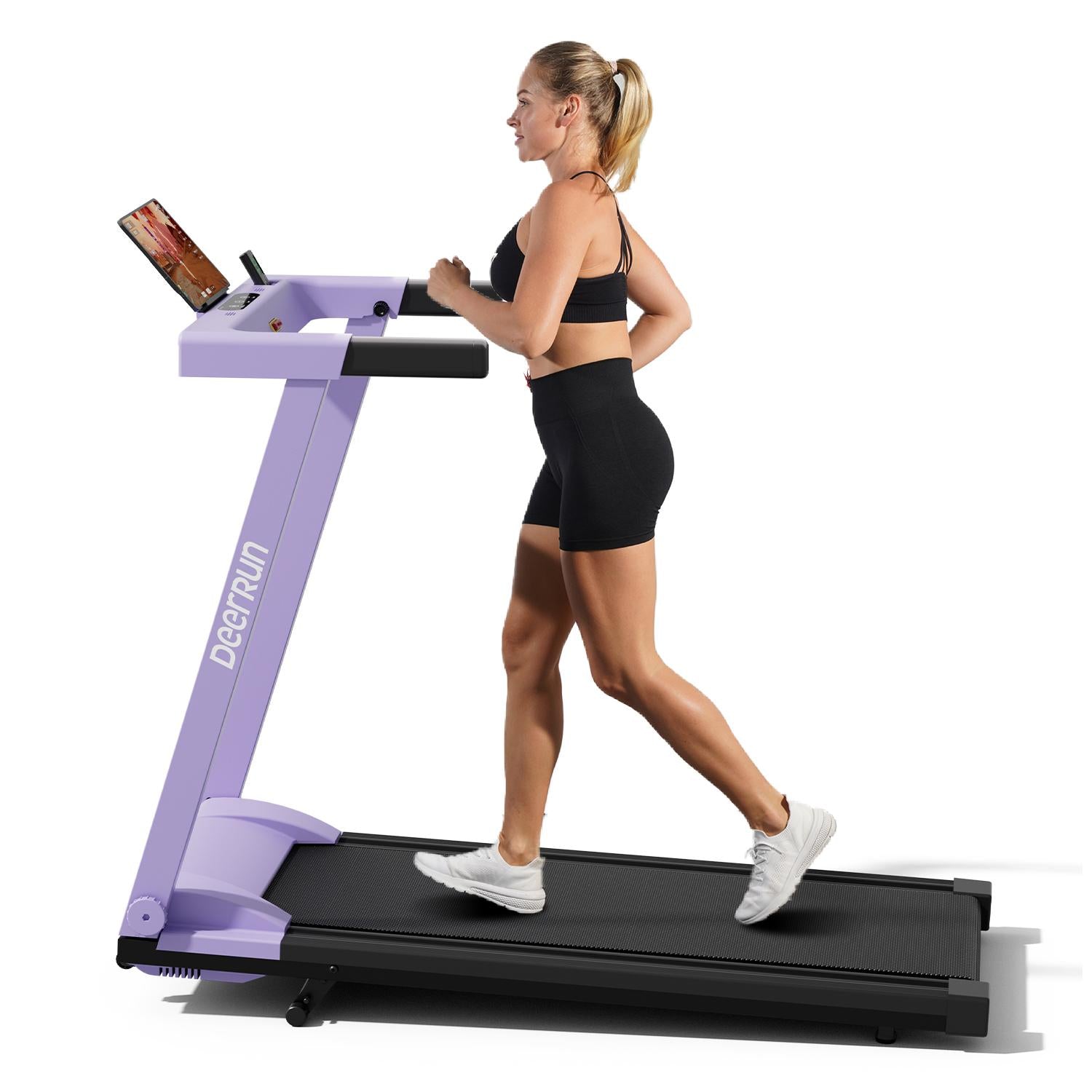


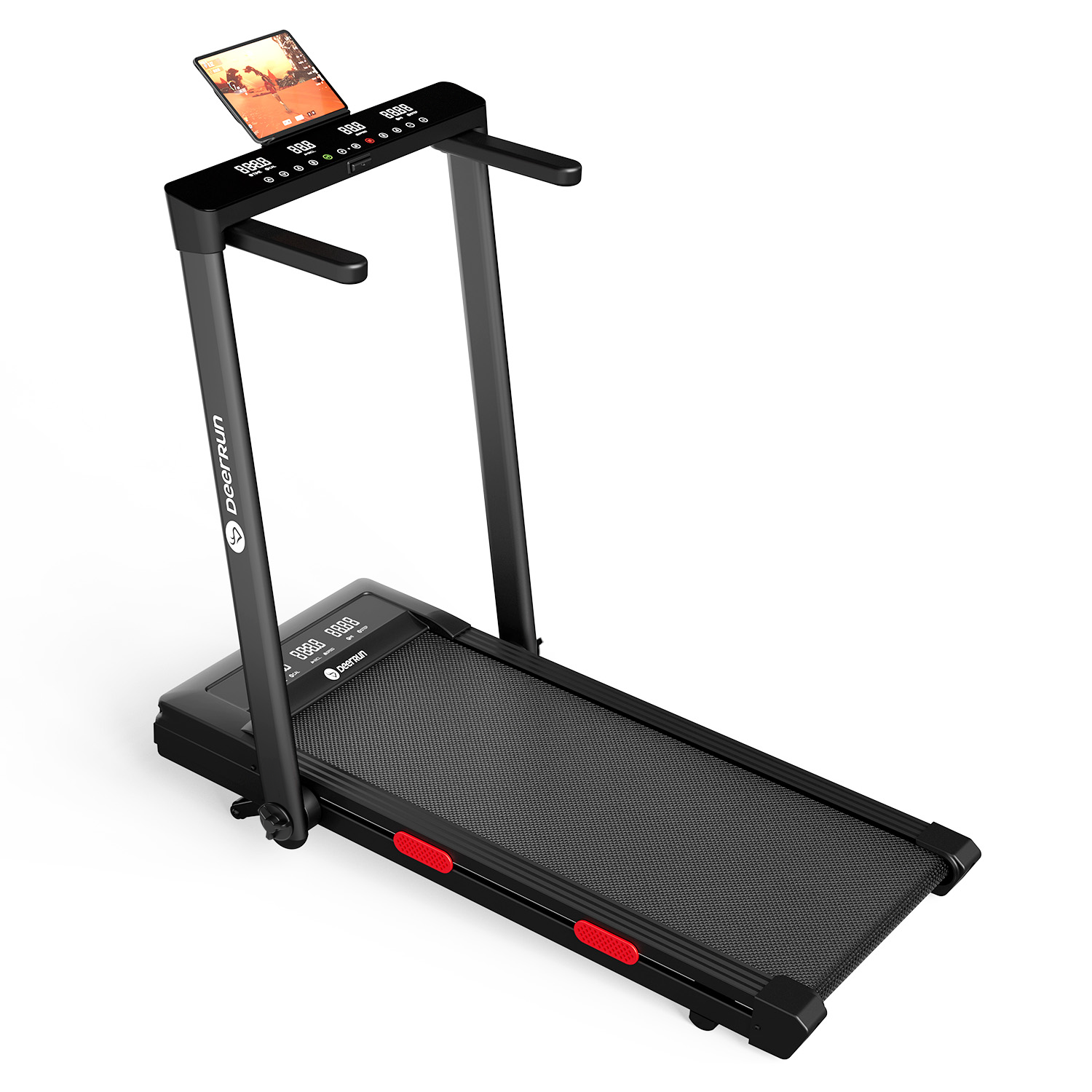













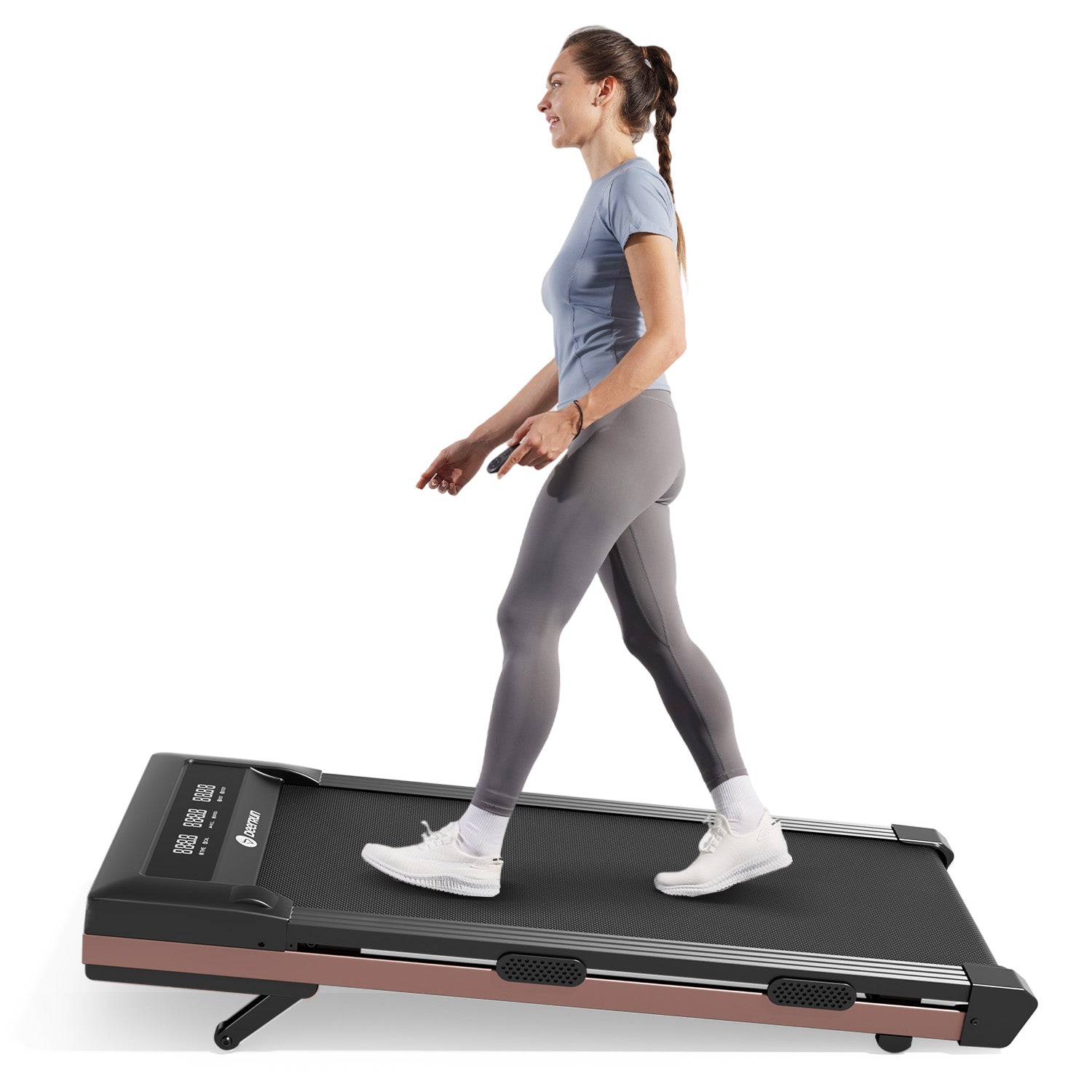
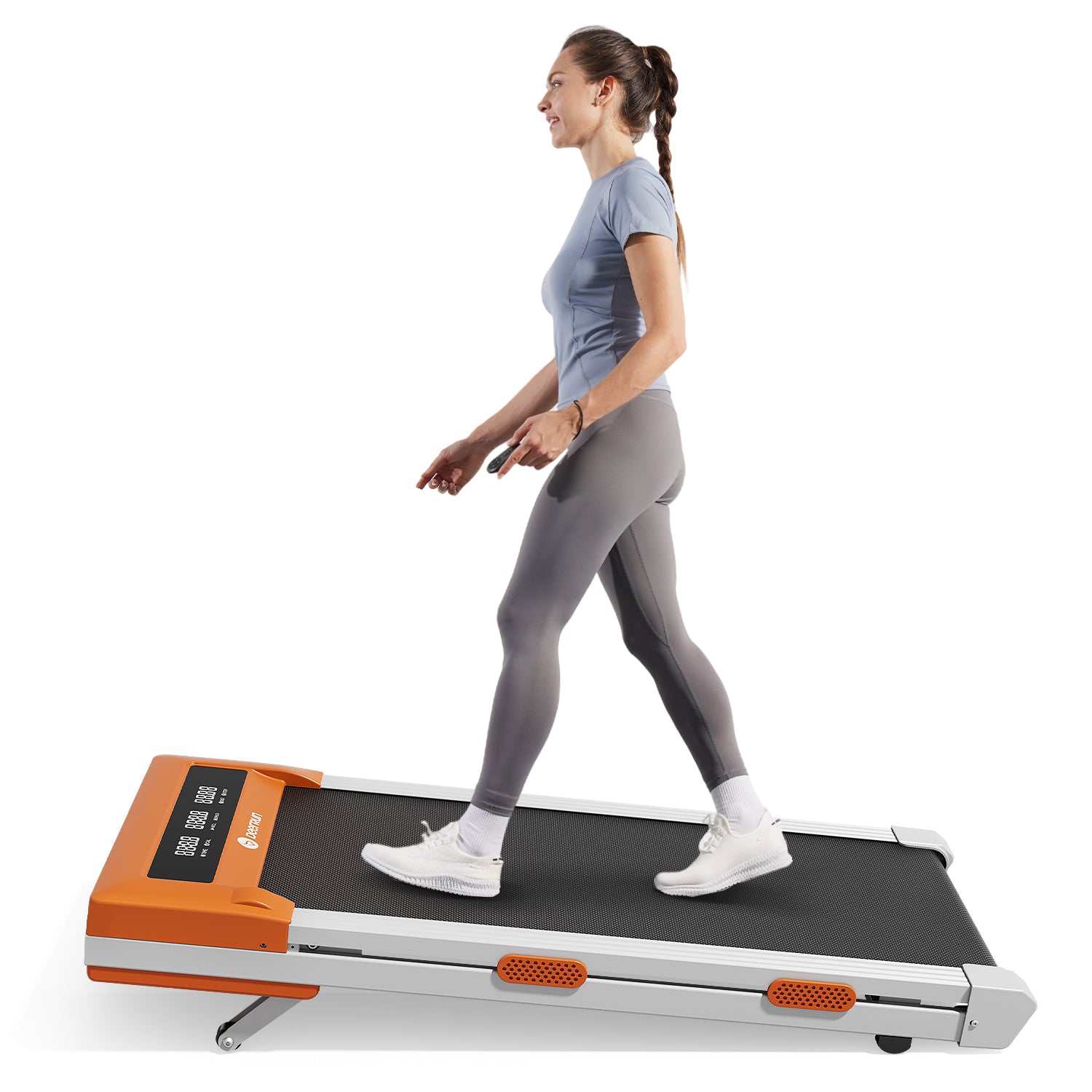

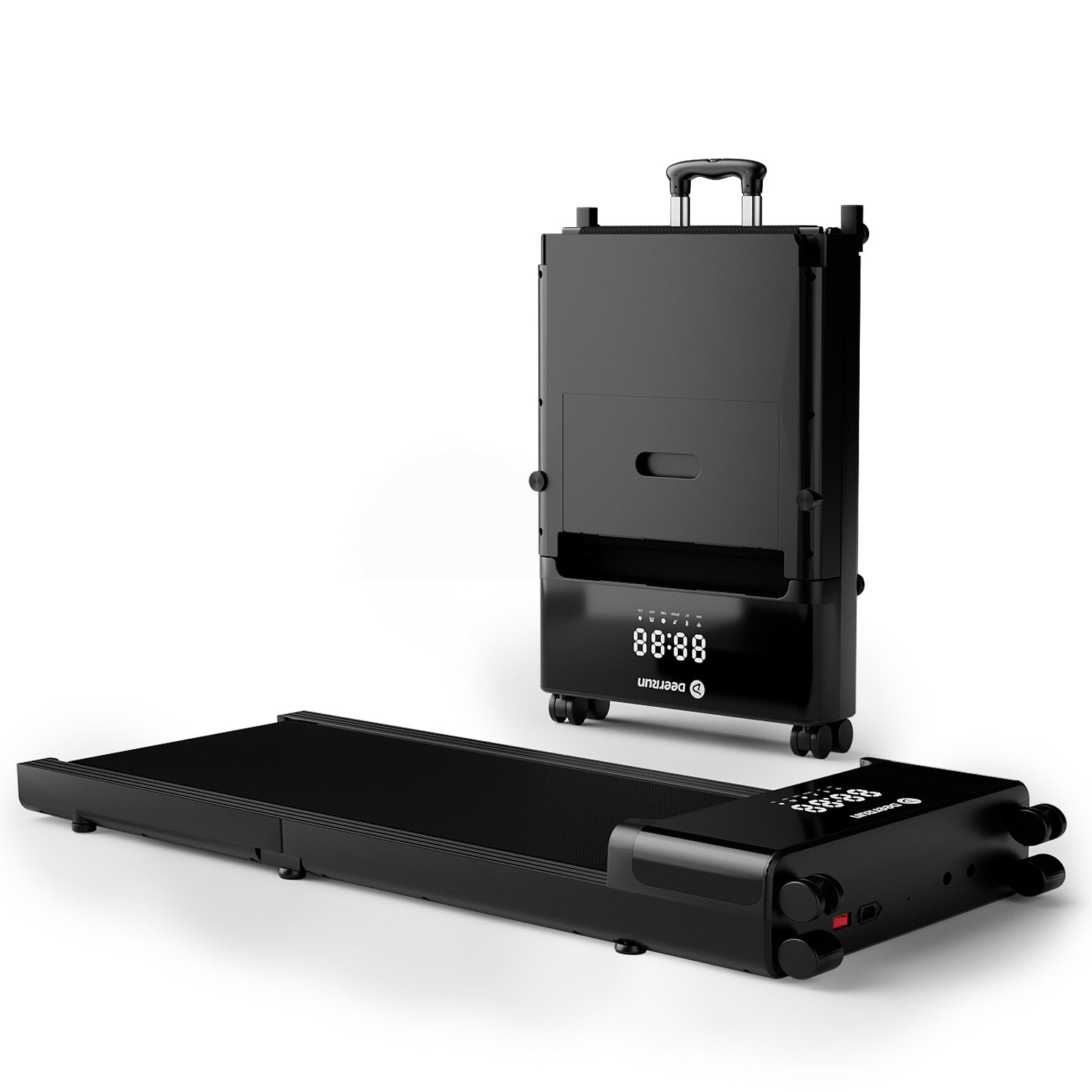




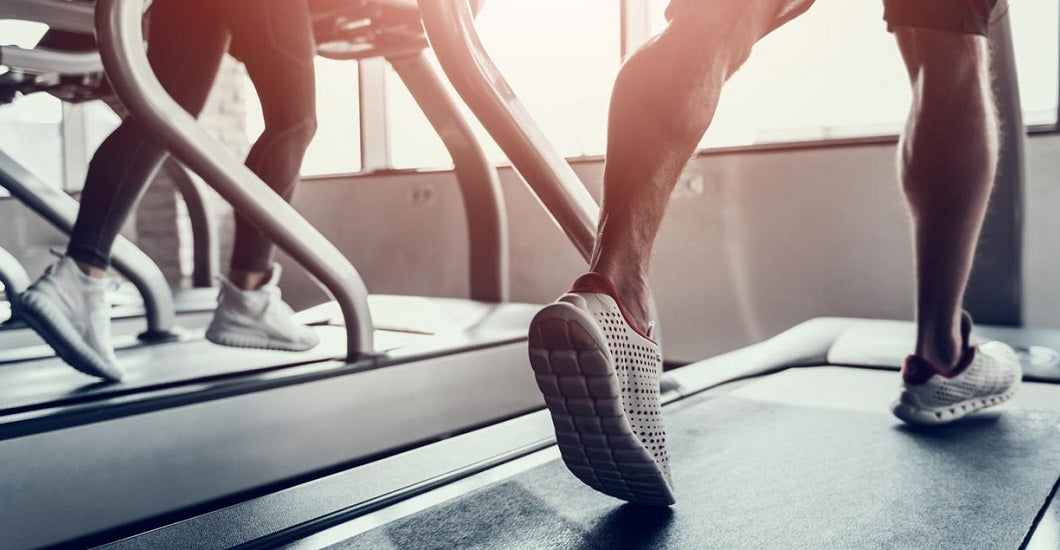
Leave a comment
All comments are moderated before being published.
This site is protected by hCaptcha and the hCaptcha Privacy Policy and Terms of Service apply.